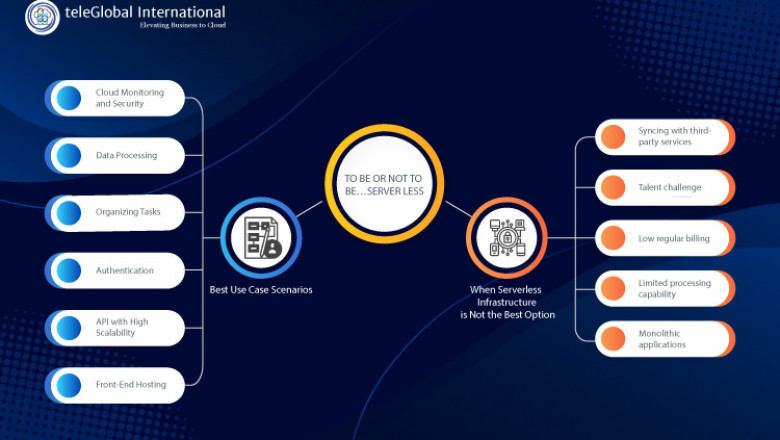views

TO BE OR NOT TO BE…SERVER LESS
Managing IT infrastructure in a traditional set up is expensive, laborious, and effort-intensive. It calls for constant monitoring, upgrades, engaging resources to meet changing technical expertise, meeting security compliances, etc.
So, the speed with which Serverless technology has been adopted is hardly surprising. It enables organizations to escape the hassle of server management, reduce spends of IT resources, while deploying applications with high availability and near-limitless scalability.
This is why serverless infrastructure is often employed for processes that run in the background, for instance: user authentication, and database updates. Serverless is also ideal to run event-driven systems, web applications, and static websites at scale. Since, it’s impossible to predict and ensure availability for event driven requirements, applications would be required to run constantly. This would be frightfully expensive. Serverless eliminates this completely, as it doesn’t need to run code continuously for execution. It permits functions to configure only the parts of the applications needed to be run whenever they are needed. This need-use scenario makes Serverless highly efficient and has led all to its inclusion in the offerings by all major cloud providers.












